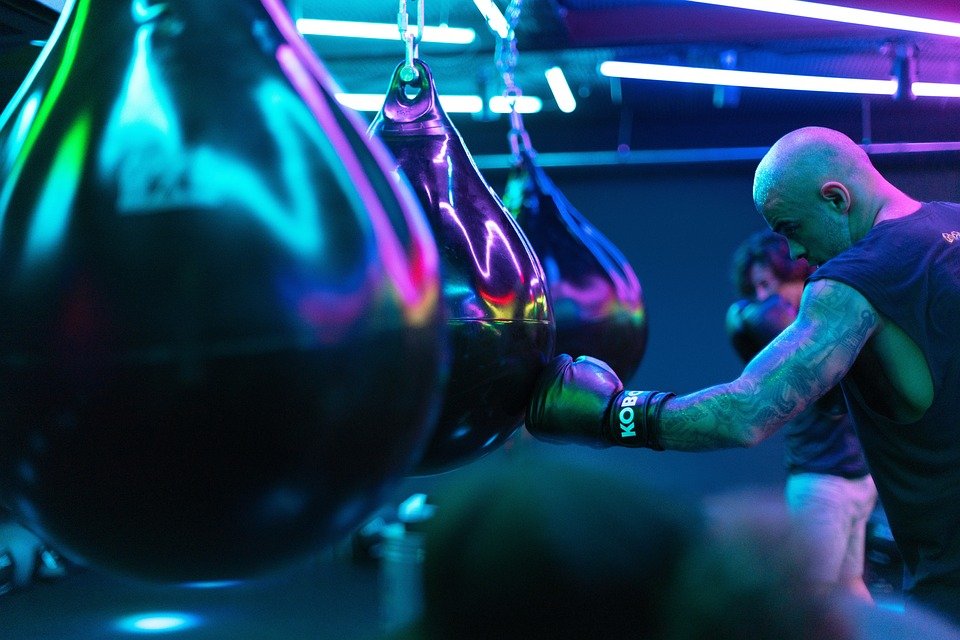The Data Behind Endurance: Stamina Stats of Elite MMA Fighters
Mixed Martial Arts (MMA) is one of the most physically demanding sports, requiring a unique blend of strength, speed, technique, and, perhaps most importantly, stamina. While natural talent plays a role in a fighter’s success, the data behind endurance can provide insights into why some elite fighters dominate their divisions while others fade under pressure. This article delves into the essential stamina stats of elite MMA fighters, highlighting what sets the best apart in terms of endurance.
Understanding Stamina in MMA
Endurance in MMA can be broken down into several categories, including cardiovascular endurance, muscular endurance, and mental resilience. Each of these components contributes to a fighter’s ability to perform at high levels throughout a match, especially in the later rounds when fatigue sets in.
-
Cardiovascular Endurance: This is perhaps the most crucial aspect of stamina in MMA. It reflects how efficiently the heart and lungs supply oxygen to the body during sustained physical activity. Elite fighters often showcase exceptional VO2 max levels—an indicator of aerobic capacity. High-level fighters have been reported with VO2 max measurements ranging between 50-70 ml/kg/min, considerably higher than the average person.
-
Muscular Endurance: This relates to how well muscles perform repeated contractions over time without fatigue. Fighters engage in different forms of training, like resistance training and high-repetition exercises, to improve their muscular endurance. Studies indicate that fighters who incorporate explosiveness and resistance training maintain performance levels deep into the fight, whereas those who focus solely on strength can tire out quickly.
- Mental Resilience: While more qualitative, mental endurance is critical in a sport where psychological pressure can be as taxing as physical exertion. Data suggests that fighters with high mental resilience often utilize training methods such as meditation, visualization, and psychological coaching. This can optimize performance under the most challenging circumstances.
Metrics and Training Regimens
Elite MMA fighters employ various metrics and training regimens to enhance their stamina. Here are a few key components:
-
Interval Training: The primary training method for developing cardiovascular endurance in MMA is high-intensity interval training (HIIT). Studies show that fighters who integrate HIIT can significantly improve their anaerobic capacity—crucial for the short bursts of activity typical in fights.
-
Fight Simulation: Sparring and simulated fights allow athletes to experience the rigors of a real match while monitoring physiological data such as heart rate, pacing, and recovery. Data from these training scenarios help fighters tailor their conditioning programs.
- Recovery Metrics: Elite fighters use devices to track their heart rate variability (HRV) and rest periods, which are vital to maintaining optimal stamina. A consistent drop in HRV can indicate fatigue or overtraining—an alert for fighters to adjust their workloads.
Insights from Fight Performance Data
Analyzing fight performance stats reveals significant insights into stamina and endurance:
-
Strikes Landed vs. Strikes Attempted: A higher ratio in these metrics can indicate effective endurance. Elite fighters often demonstrate the ability to maintain or even increase striking output in later rounds, showcasing superior stamina. Research shows that fighters who can land 40-50% of their strikes while maintaining a high pace are often the most successful.
-
Takedown Defense: Data suggests that fighters with high takedown defense percentages tend to have better stamina. They can typically maintain a strong base and remain composed under effectual attacks, allowing them to counter effectively.
- Significant Strikes Absorbed: Fighters adept at managing their stamina often exhibit the ability to minimize the significant strikes absorbed, reflecting a tactical approach that conserves energy and maintains performance throughout the fight.
The Role of Nutrition
An aspect often underestimated in stamina development is nutrition. Proper dietary choices can drastically affect energy levels and recovery times. Elite fighters work closely with nutritionists to ensure they are consuming the right mix of macronutrients tailored for their training cycles. Carbohydrate loading, adequate protein intake, and hydration strategies are critical factors backed by data showing their influence on performance and recovery.
Conclusion
The stamina stats of elite MMA fighters demonstrate that endurance is a multifaceted element crucial to success in the octagon. By understanding the metrics involved—cardiovascular and muscular endurance, mental resilience, and the proper utilization of training and nutrition—aspiring fighters can develop effective strategies to boost their performance. As MMA continues to evolve, data-driven approaches to training and performance will undoubtedly play a crucial role in shaping the champions of tomorrow.





![From the Octagon: Live Updates and Results from UFC [Event Name] From the Octagon: Live Updates and Results from UFC [Event Name]](https://1tw0.com/wp-content/uploads/2024/10/flowers-851296_960_720-420x280.jpg)
